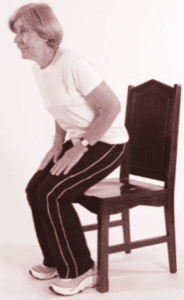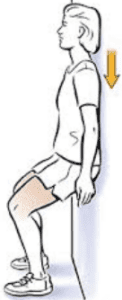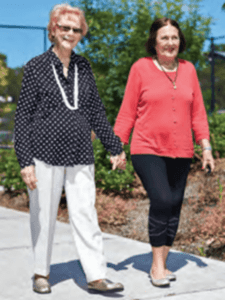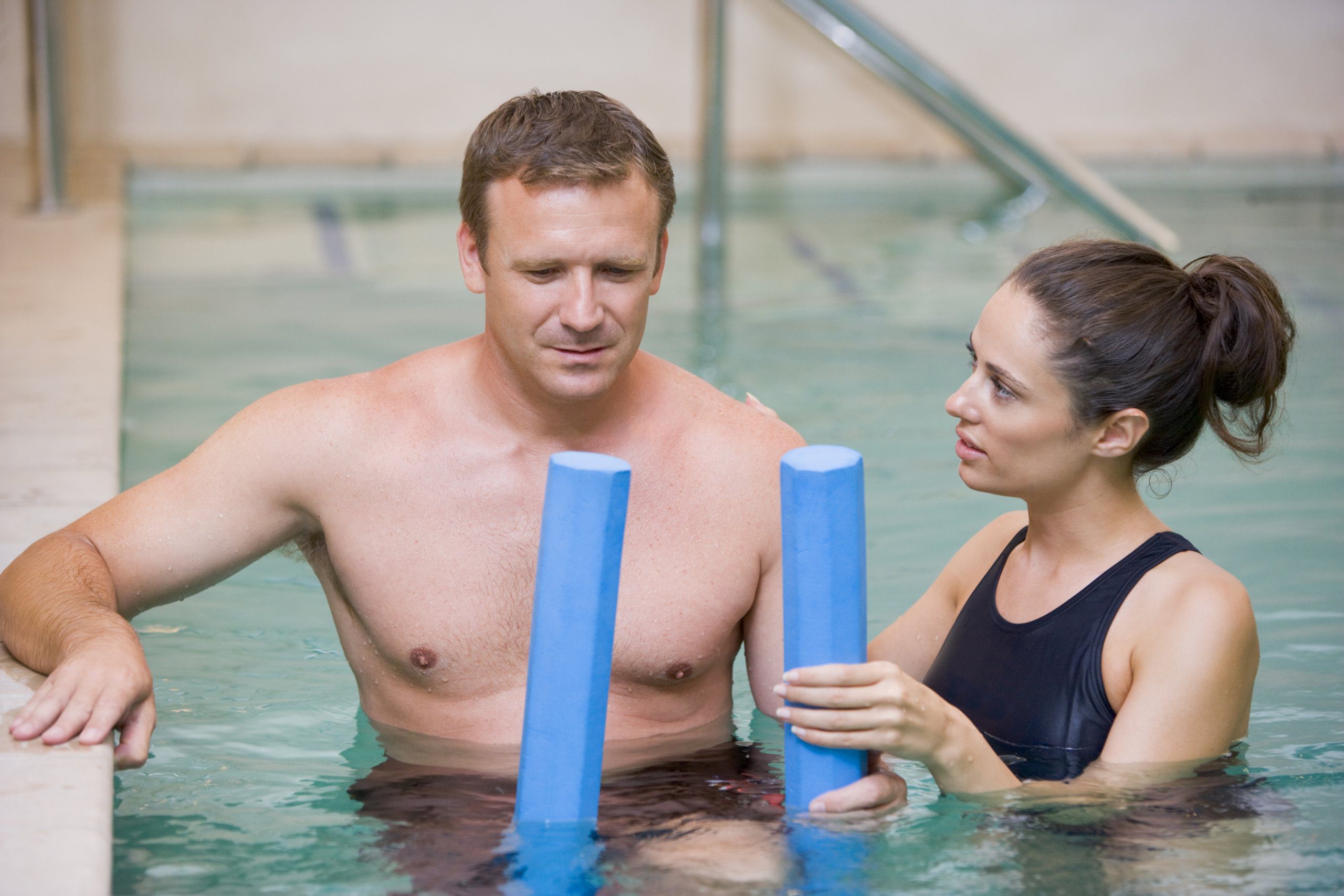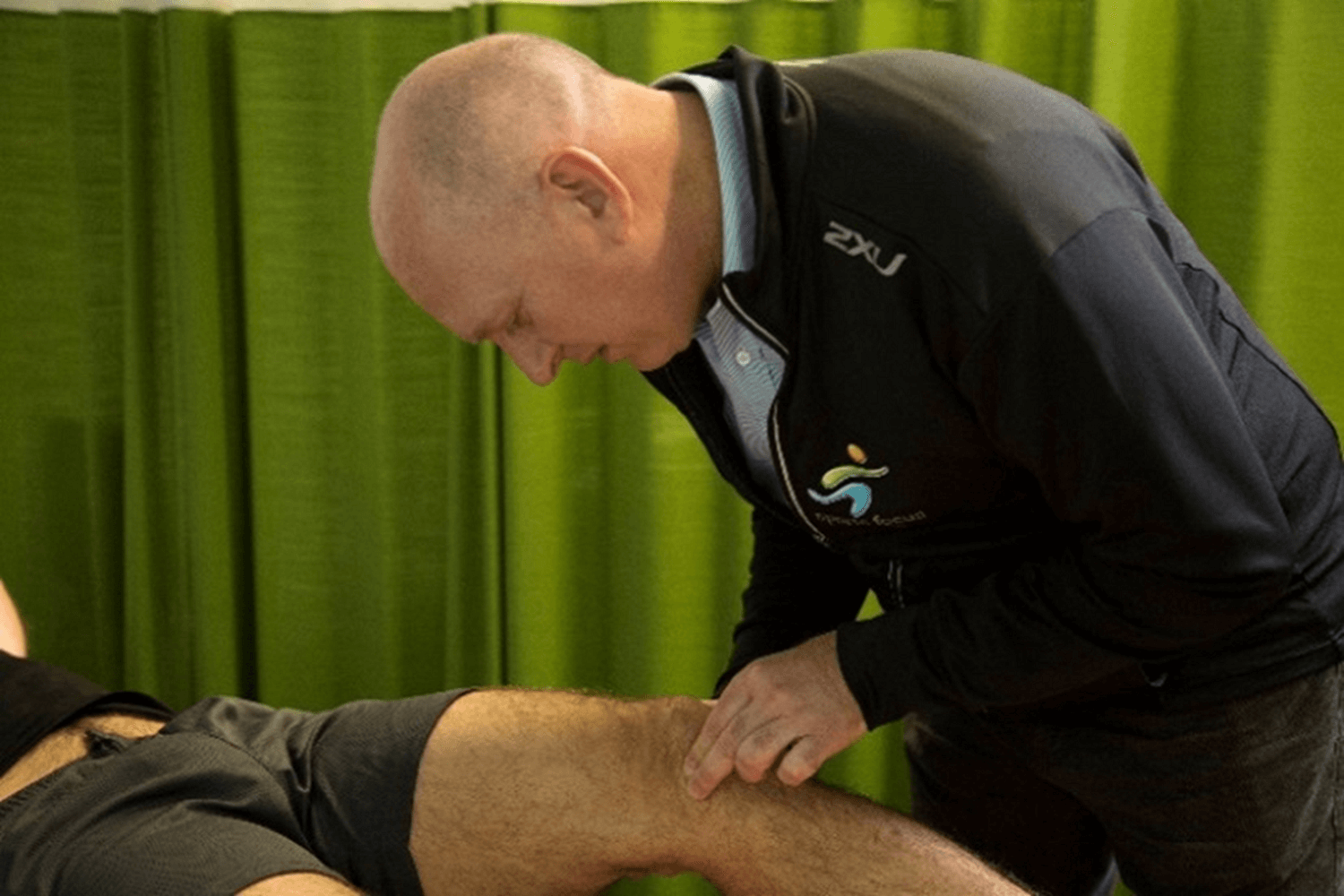Table of Contents
ToggleSimple ways to minimise the risk of falls
- Keep active. One of the best and most proactive ways to prevent falls is a group exercise class that targets balance and fall prevention.
- Lighten up your home by replacing all light globes with the brightest wattage, especially in walkways and around stairs.
- Wear sensible shoes that have a good grip on the sole
- Remove hazards in your home like electrical cords and furniture like coffee tables from areas of high traffic and walkways. Ensure rugs are secured down or remove altogether.
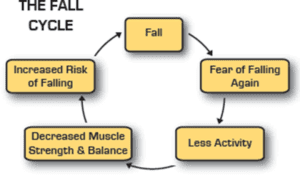
Research shows one of the best ways to minimize risk is to participate in a regular group exercise that focuses on postural control, balance training, flexibility and strength. At Sports Focus Northbridge we conduct Balance and Bones exercise classes designed to improve balance, strength, co-ordination and function. These classes are run by a physiotherapist.
If you or someone you know is at risk of falling contact: Northbridge Sports Focus 9958 8986 for a free information pack and, make an appointment for a comprehensive Balance assessment.
References
www.cec.health.nsw.gov.au/programs/fall-prevention
www.georgeinstitute.org.au
1. Falls prevention exercise should be targeted at the general community as well as those at high risk of falls.
Research has shown that there is a larger relative effect from programs offered to the general community, in comparison to those offered to high risk groups. Although, high risk groups have a greater number of so more falls can be prevented in this group.
2. Walking training may be included in addition to balance training but high-risk individuals should not be prescribed brisk walking programs.
3. Strength training may be included in addition to balance training
Reduced muscle strength is a key risk factor contributing to falls.
4. Exercise providers should make referrals for other risk factors to be addressed
Elderly people who have fall risk factors that are not amenable to change with exercise, such as a visual impairment, should ask their GP for appropriate referrals.
Summary: The best practice guidelines state that exercise must provide a high challenge to balance, it must be of adequate dose to have an effect and that walking training may be included in addition to balance training.
What can we do? Balance-challenging exercises.
All these exercise can be done in your own home.
For example;
| Sit to stand
-Gradually lower the height of the chair -Decrease upper limb support -Nil use of hands
|
Half (wall) squats
-Decrease amount of upper limb support -Hold the squat for a longer period -Move a small distance away from wall
|
| Heel raises
-Decrease upper limb support -Hold for longer -Progress to single leg, if appropriate -Add weight
|
Stepping in different directions
-Longer or faster steps
|
| Step ups
-Increase step height -Decrease upper limb support
|
Walking
-Decrease base of support (e.g. tandem walk) -Increase step length and speed -Walking in different directions or on different surfaces -Heel and toe walking
|
(Sherrington et al. 2011)
For further information look at our “Balance & Bones Special program

